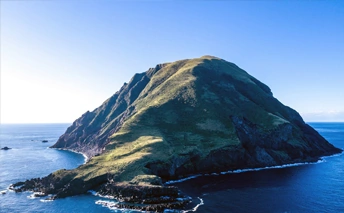Developing people-friendly smart cities from the realization of Enfrastructure. Kisho Kurokawa's Philosophy of Symbiosis and Nippon Koei's DNA Fuse to Create the Group's Smart City Business Vision
Release:
Update:
NEW
INTRODUCTION
As a construction consultant, we have been engaged in a wide range of infrastructure projects necessary for the livelihood and development of various regions in Japan and around the world. We have worked on a wide range of projects, including rivers, dams, roads, railways, ports, airports, water supply and sewage systems, and electric power. We have decided to enter the smart city development business by accumulating the experience we have gained through these urban infrastructure projects. The most important feature of our work is "people-friendly”. While making full use of cutting-edge technology, we also take into account the history and connections that have been nurtured in the area, and propose new urban and city block plans friendly to people.
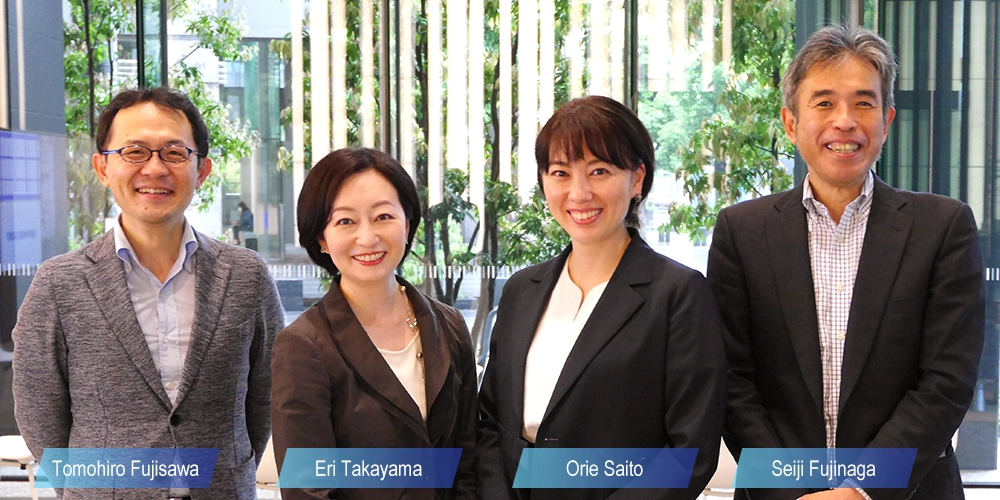
PROFILE
-
Kisho Kurokawa Architect & Associates/Design Department/Section Chief
Tomohiro Fujisawa
Joined the company in 2011. Engaged in the design of the Van Gogh Museum extension in Amsterdam, the design of the Embassy of Japan in Nigeria, and the design supervision of the Nippon Koei Building. Currently engaged in the supervision of the Fukui Prefectural Dinosaur Museum.
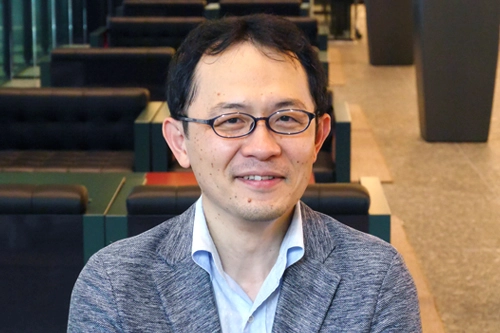
-
Kisho Kurokawa Architect & Associates/Design Department/Section Chief
Orie Saito
Joined the company in 2007. Engaged in welfare facilities, commercial facilities, including the Iki City Ikikoku Museum (Nagasaki Prefecture) and the Japan Art Academy Art Collections. Currently engaged in the supervision of the Fukui Prefectural Dinosaur Museum. The Fukaya Terrace Vegetable Friend’s Farm, which she designed and supervised, opened in the end of May.
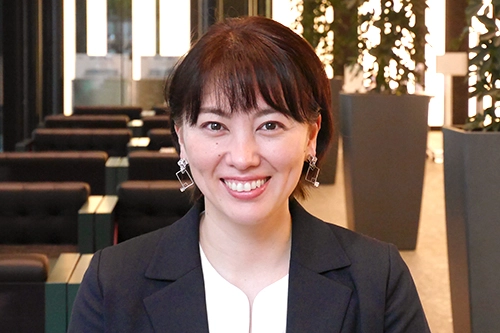
-
Kisho Kurokawa Architect & Associates/Design Department
Eri Takayama
Joined the company in 2019. Assigned to the Design Department. Since joining the company, she has been involved in projects such as commercial facilities and housing complexes. The Fukaya Terrace Vegetable Friend’s Farm, which she designed and supervised, opened in the end of May.
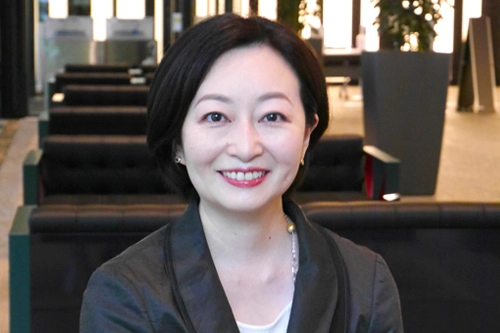
-
Nippon Koei Co., Ltd./Business Strategy Headquarters/Digital Innovation Division
Seiji Fujinaga
Joined the company in March 2021. Engaged in overseas sales, marketing, and new business development, mainly in the field of social infrastructure such as telecommunications, public transportation, stadiums, and area management at a major system integrator. Utilizing his previous experience, he is currently promoting a project to launch a smart city business for Nippon Koei.
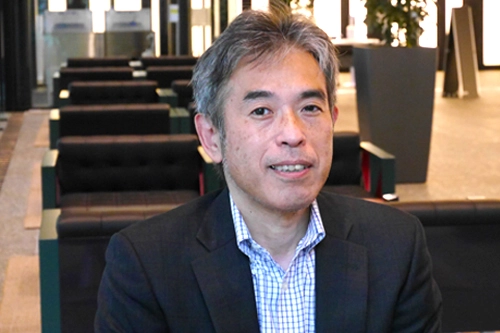
- *The department name, job title, and interview content were at the time of the interview.
STORY
The era of Enfrastructure is coming, redefining infrastructure.
―Nippon Koei's (NK’s) Smart City Project started in July 2021. Highly motivated young members from various departments gathered and began the process of creating "NK's Smart City" from scratch. After careful discussions from the very basics of "what is a smart city" and "what is smart", we arrived at the phrase "Smart Enfrastructure for Unlimited Future". This is a declaration to link the experience we have cultivated in the infrastructure business with solutions to social issues towards the Earth, Ecology, Environment, Education, Energy, Evolution, Entertainment, and Equality. What was the path taken to arrive at this concept?
We at Nippon Koei believe that our mission is to maximize the added value of infrastructure and make it useful to "you" who live there.
We started our team discussion with the question, "What is a smart city?" This was a very important time. Metabolism advocated by Kisho Kurokawa and infrastructure development, which Nippon Koei has been involved in for a long time, can be compared to the human body. Architecture is the visible part of the human body, and infrastructure such as electricity, water, and roads are like the muscles and blood vessels. We believe that the future of cities lies in the redefinition of these two wheels, making them function properly in the coming age.
Cities, like the skin of the human body, age over time. The ideal city of the future would be like the skin of the human body, where old tissue peels away when it has finished its role, and new tissue is born from within through metabolism. We decided on the three axes: "managing the city", "smart UD city", and "city in harmony with the ecosystem", referring to the ideas of Kisho Kurokawa, and then spun out in words and images what each member considered "smart" and "not-so-smart". Through repeated brainstorming sessions using the right and left brains, the term "enfrastructure" was born.
Times are moving so fast these days that when we think about the future, we do not know if even the term "smart city" will survive. Therefore, we aimed to create a "strong vision" that would survive the changing times.
Accumulated knowledge and continuously refined technology will blossom as a smart city in the hands of the next generation of engineers.
―Various companies are promoting the development of smart cities based on their own values. While many of these projects are focused on near-future images, NK places emphasis on development that bridges the past, present, and future. So, what exactly is the smart city that NK is aiming for?
We defined "city" as a place where people gather and do something. Therefore, in the future, virtual space may also be included. The expression "city district" is most appropriate because it can be carved out of existing municipal areas as well as shopping centers and other such units.
To date, the NK Group has had a great deal of experience in the development of urban landmarks such as railway stations, stadiums, and other large accommodations, as well as their surrounding areas. Today, with the shift from the public sector to the private sector becoming more active, we are entering an era in which things are viewed more in terms of city blocks. We will continue to make proposals based on convenience and people-friendliness, including the creation of added value, attracting customers, and improving real estate value.
There are four smart city issues that Nippon Koei will be solving. First is to further advance the "revitalization of the community", which we have been working on for some time. Of course, solving the issues of declining birthrate, aging population, and population decline is important, but the theme of "freedom of movement" was very much discussed. It is important to create liveliness, but equally important, we will not turn our eyes away from the reality of declining population, and we will propose a metabolism that is friendly to all.
Second, we must strongly promote sustainable infrastructure management, labor savings, and automation. The aging of existing social infrastructure is an urgent issue, and there is still much room for consideration in optimizing logistics. We will present solutions using our digital products such as the "Infrastructure Maintenance and Management Support System".
Third, we plan to achieve unprecedented levels of prevention and recovery in disaster prevention. As an example, we will propose the next generation of the city through "Bosuke", a disaster prevention information platform; "Satellite Information Services", which realizes labor saving by analyzing satellite images; the energy sector aiming for 100% renewable energy; "KIBOH2030", an SDGs evaluation tool; "TSUMUGI@"; etc.
Fourth, local production for local consumption of energy. In a nutshell, it is a micro-grid. We envision the future of renewable energy through aggregation technology.
We believe that the realms of people and nature, and technology and nature, will come closer together. There have been products that incorporate characteristics of plants and animals in the past, and I think this trend will continue. The more they overlap with each other, and the more difficult it is to tell where nature and technology come from, the smarter they will become.
Based on the vision that we have proposed, we will realize a smart society in cities that can be used by all. Its penetration will take time, but we will propose it, including enjoyment and flexibility. We believe that including everything, both developing and declining, will lead to metabolism in a smart city society.
―Smart City Project is being promoted by young members of the company. The significance of Nippon Koei's existence, which we rediscovered in the course of these discussions, was "consulting to increase happy smiles”. We have been refining our materials for about 100 years, including the time of our predecessor companies. Please look forward to Nippon Koei's Smart City, where all of our knowledge and expertise will be brought together.
